-
Reflections of an enquiring mind
So prolific a thinker was Frei Otto that he took to sharing his ideas and research with colleagues in published form: the IL Bulletin. uncube presents a selection from the archives, each documentating his extraordinary output of drawings and models. -
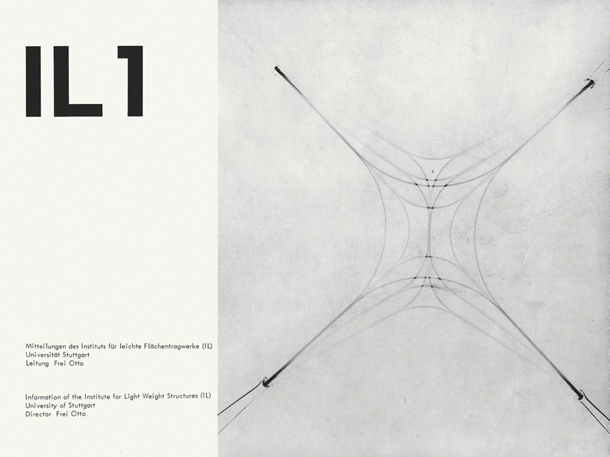
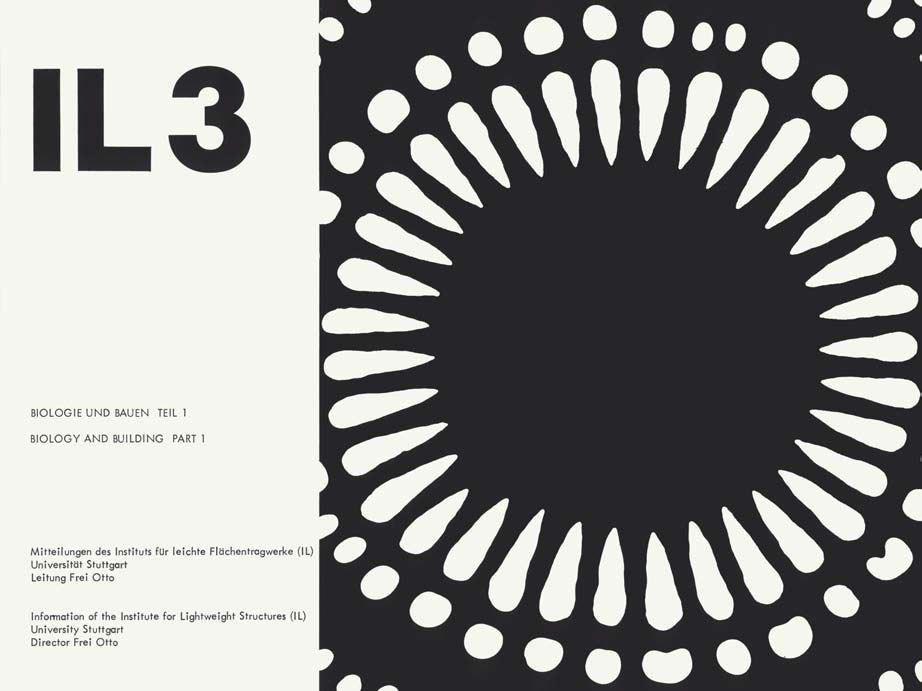
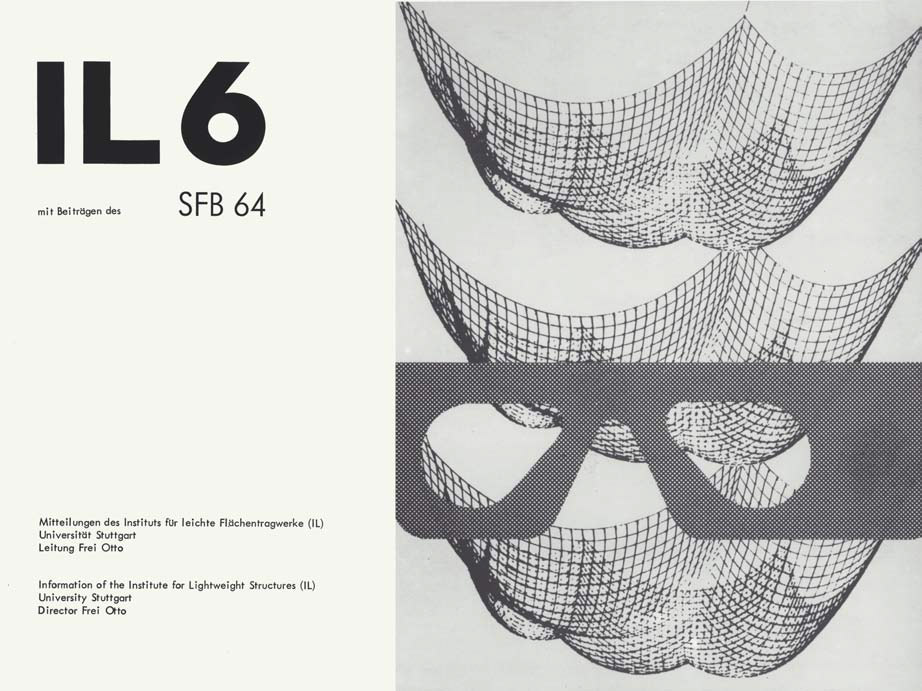
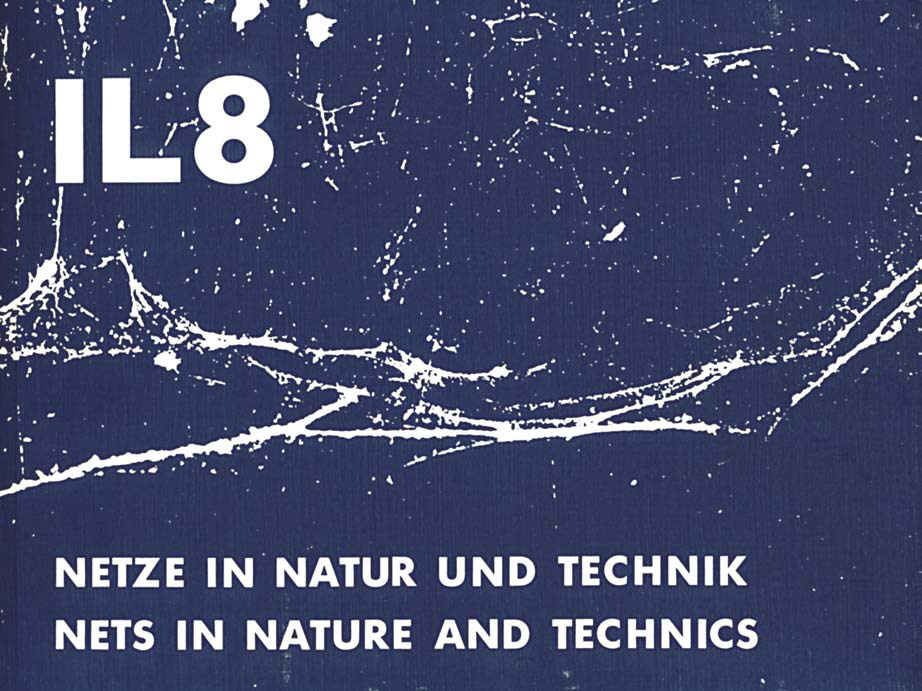
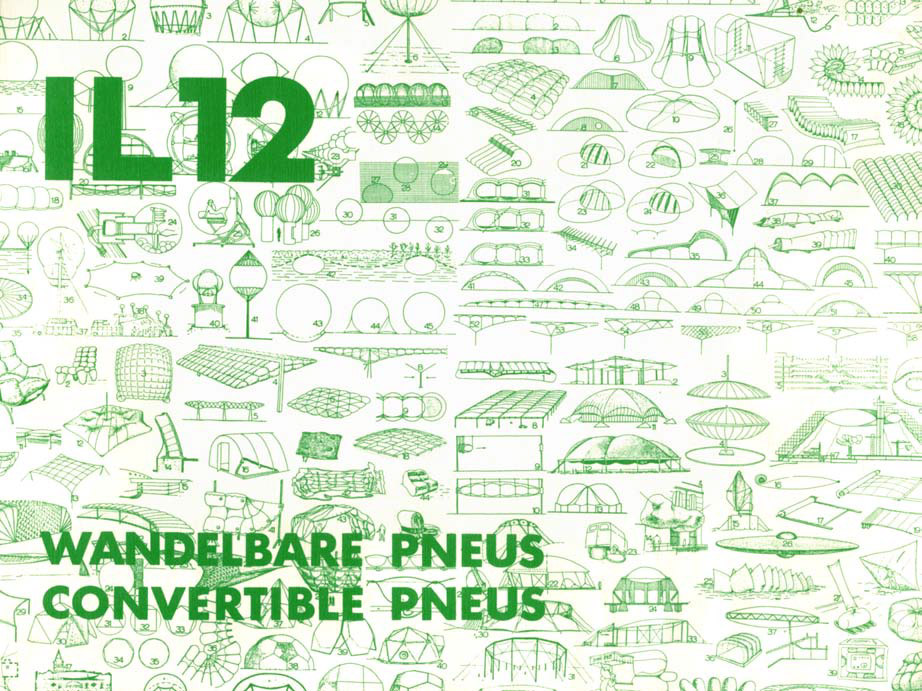
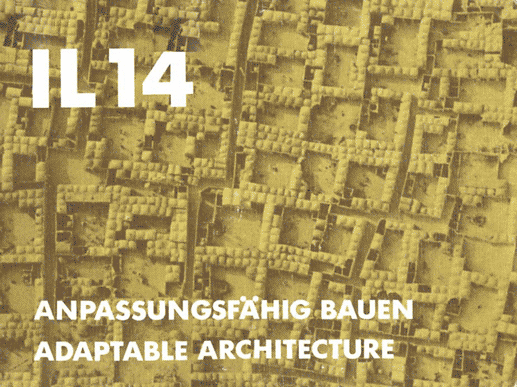
All images: © ILEK, Stuttgart
-
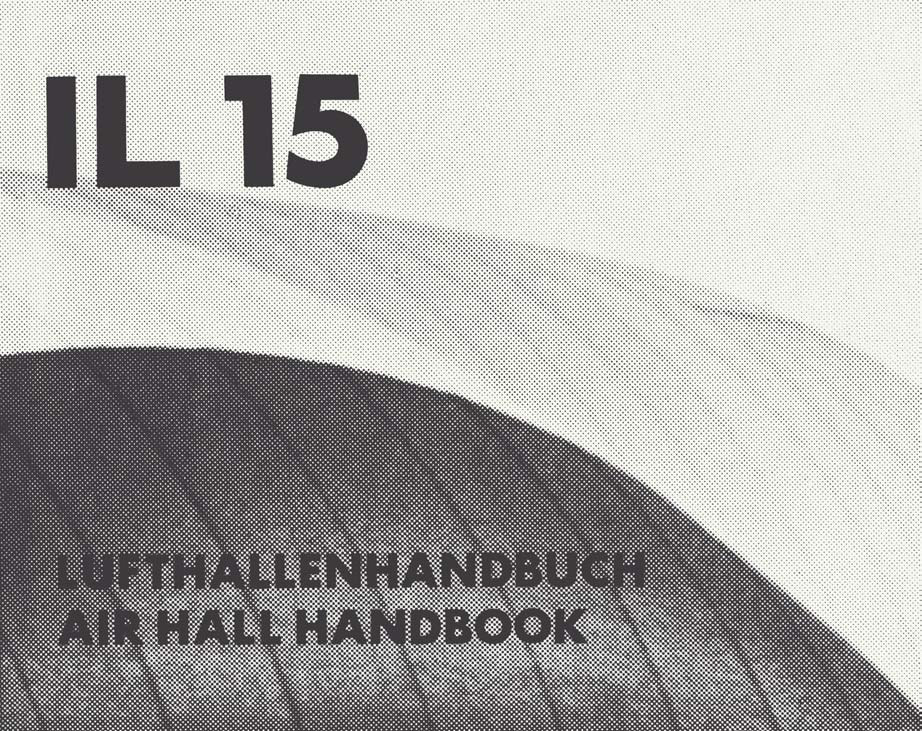
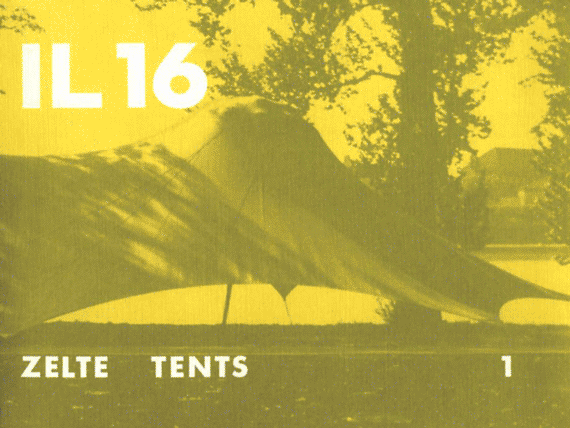
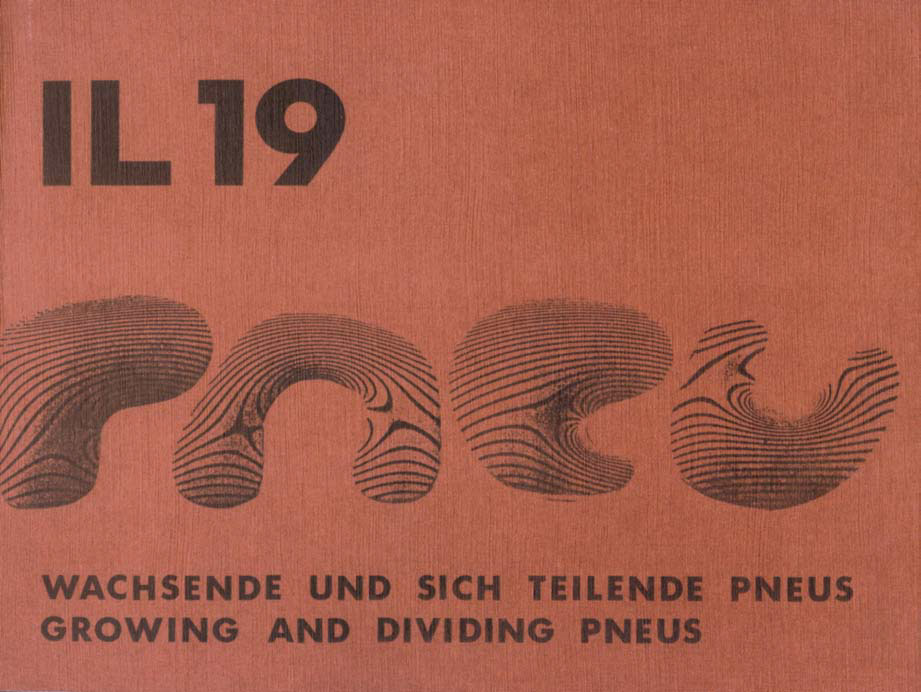
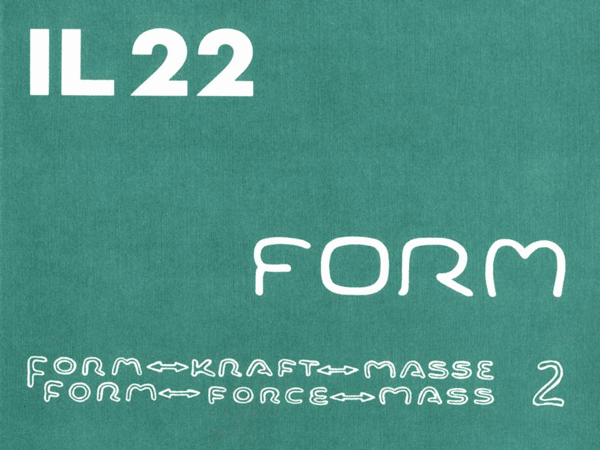
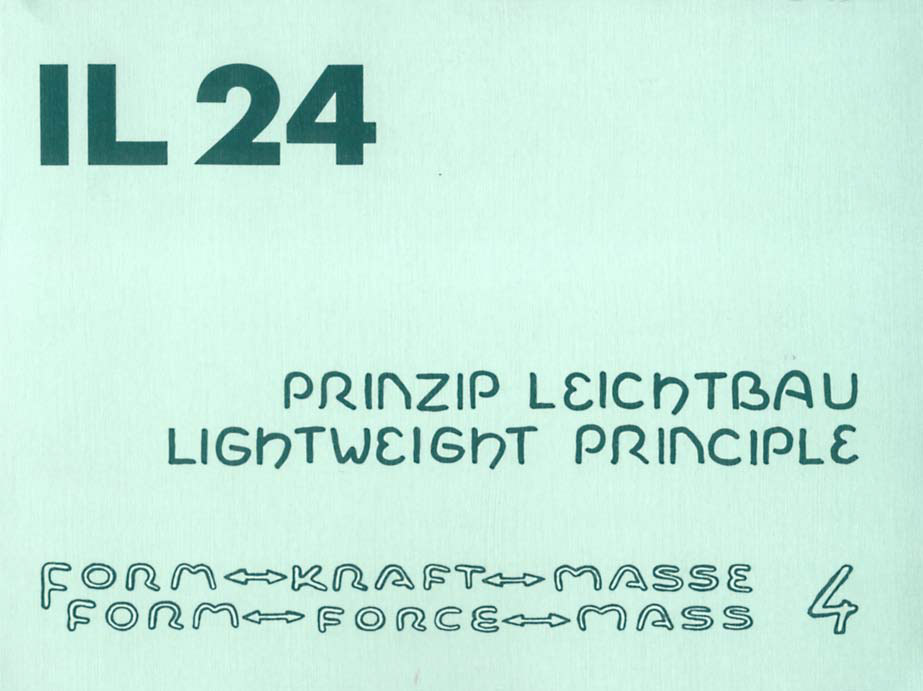
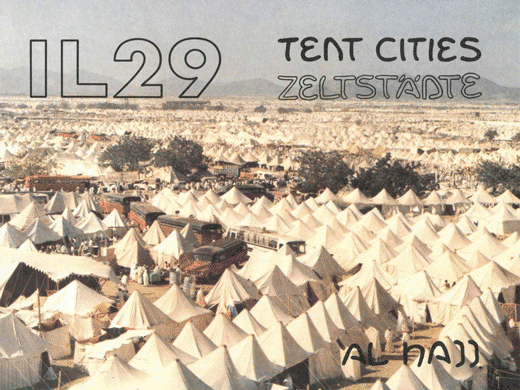
-
Inspired by the diversity of forms found in nature, Frei Otto analysed everything from cell structures, bones, tree trunks and spider’s webs to whirlpools, soap bubbles, termite hills and bird’s nests. To measure them he developed instruments for studying the self-organising processes of nature, tables to determine force vectors and apparatuses for determining forms of pneumatic construction. These models – a world away from architectural models in the classical sense – function less as static objects and more as dynamic ones: experiments in the processes of the environment. Thus they embody an “operative aesthetic” that oscillates between the precision of scientific instruments and imaginative artistic tools.
These experimental aesthetics gave rise to their own visual language which can be seen in the photographs, graphics, diagrammes and drawings that appeared in the forty-one IL Bulletins that Frei Otto published at his Institute for Lightweight Structures (IL) at the University of Stuttgart, between 1969 and 1995. These publications presented research projects or addressed specific issues around construction material and form. Each issue was devoted to a particular theme – such as: Minimal Nets (IL 1, 1969), City in the Arctic (IL 2, 1971), Shadow in the Desert (IL 7, 1972), Forming Bubbles (IL 18, 1988) or Bamboo (IL 31, 1986) – reflecting the huge range of Frei Otto’s research and interests. I (Georg Vrachliotis)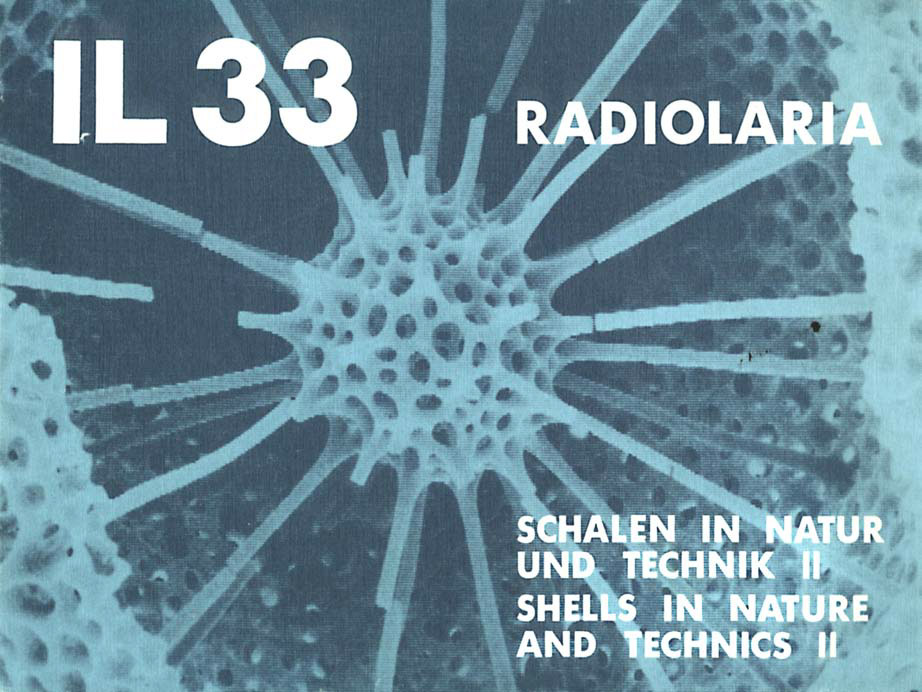
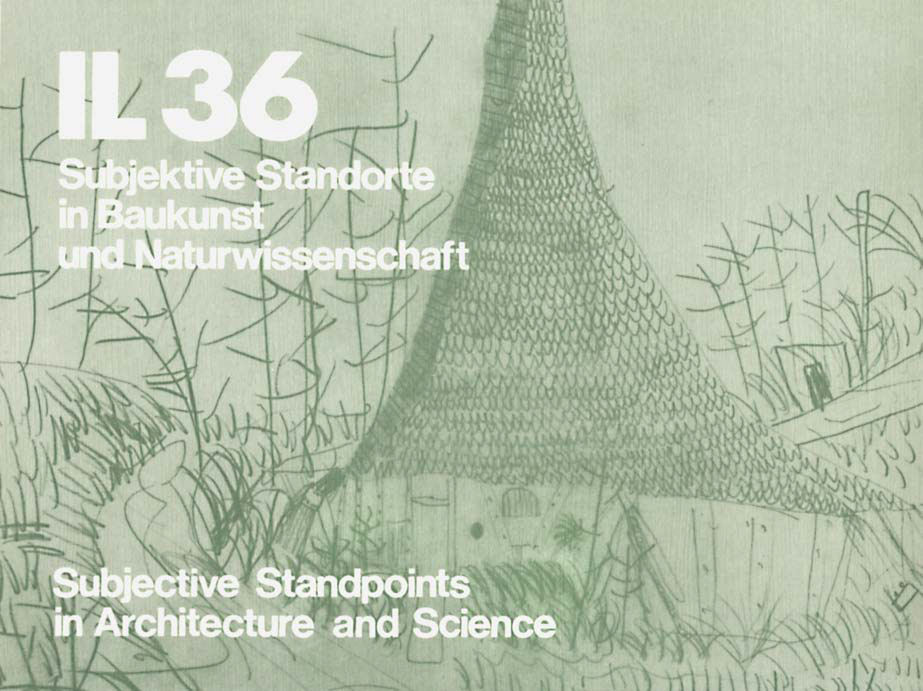
-
Search
-
FIND PRODUCTS
PRODUCT GROUP
- Building Materials
- Building Panels
- Building technology
- Façade
- Fittings
- Heating, Cooling, Ventilation
- Interior
- Roof
- Sanitary facilities
MANUFACTURER
- 3A Composites
- Alape
- Armstrong
- Caparol
- Eternit
- FSB
- Gira
- Hagemeister
- JUNG
- Kaldewei
- Lamberts
- Leicht
- Solarlux
- Steininger Designers
- Stiebel Eltron
- Velux
- Warema
- Wilkhahn
-
Follow Us
Tumblr
New and existing Tumblr users can connect with uncube and share our visual diary.
»Don‘t fight forces, use them.«
Richard Buckminster Fuller
Keyboard Shortcuts
- Supermenu
- Skip Articles
- Turn Pages
- Contents


